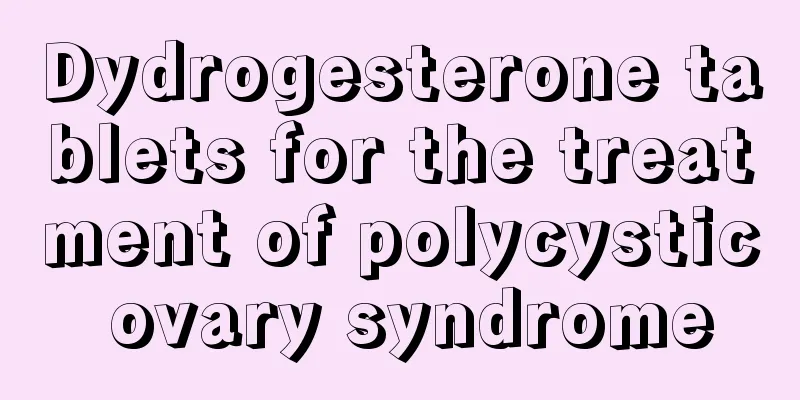Vascular malformations are no longer mysterious: a new article on diagnosis and treatment strategies

|
Author: Shen Gang, Chief Physician, Children's Hospital, Capital Institute of Pediatrics Reviewer: Liu Li, Chief Physician, Beijing Children's Hospital, Capital Medical University In the complex vascular system of the human body, vascular malformations are like an imperceptible undercurrent that quietly affects health. Although these congenital abnormalities are not as well-known as heart disease, the troubles they cause should not be underestimated. From purple spots in newborns to unexplained swelling in adults, vascular malformations may show signs at any age. Vascular malformations are essentially manifestations of abnormal vascular development, and are usually divided into two categories: low-flow vascular malformations and high-flow vascular malformations. Low-flow vascular malformations mainly include venous malformations and lymphatic malformations, among which venous malformations are what we often call cavernous hemangiomas; while high-flow vascular malformations include arteriovenous malformations and arteriovenous fistulas. Figure 1 Original copyright image, no permission to reprint Most of these vascular malformations are congenital and may have been formed during the embryonic period and gradually appear during the individual's growth and development. When diagnosing vascular malformations, clinicians will make preliminary judgments through inspection, touch, percussion, and auscultation to distinguish whether it is a low-flow or high-flow vascular malformation. Ultrasound is a common method for diagnosing low-flow vascular malformations, while magnetic resonance imaging can provide more accurate information. For high-flow vascular malformations, CT or CT angiography (CTA) is the first choice, especially for head and facial arteriovenous malformations and vascular malformations hidden in the bone. The display effect of CTA is particularly outstanding, because ordinary magnetic resonance imaging is difficult to clearly present the details of high-flow vascular malformations in the bone. Even for infants, when facing severe arteriovenous malformations, CTA can be performed safely. Even if the child is only a few months old, the examination is still necessary and will not produce significant side effects. There are various methods for treating vascular malformations, including interventional therapy, surgical resection, ablation therapy and drug therapy. Interventional treatments, such as sclerotherapy injections and coil placement, have become the mainstream treatment for vascular malformations, especially for lymphangiomas, venous malformations, and arteriovenous malformations. Their advantages are high repeatability and no obvious scars. Surgery is suitable for small and localized lesions, especially those located in the extremities, which can be removed. For larger vascular malformations, such as those in the head and neck, partial removal of the lesion and adjuvant sclerotherapy may be required to avoid respiratory compression. Although ablation treatments such as thermal ablation, radiofrequency ablation and microwave ablation are available, they are not mainstream. Drug therapy, especially targeted drugs such as sirolimus, can relieve and improve vascular malformations caused by gene mutations, and genetic testing can improve the targeted treatment. For surface vascular malformations, such as capillary malformations, also known as port-wine stains, laser therapy, especially pulsed dye laser, is the standard treatment method. It can be started on the first day of birth and is usually treated once every 1-2 months, but it can only relieve symptoms and is difficult to cure completely. Figure 2 Original copyright image, no permission to reprint Photodynamic therapy improves treatment efficiency by injecting photosensitizers into the body and then irradiating the body with lasers locally. It is mainly used in adults and should be used with caution in children. It is generally recommended to be used after the age of three because photosensitizers may cause allergies or other risks. In summary, the treatment of vascular malformations requires comprehensive consideration of the type and location of the lesions. Interventional treatment is the first choice, and surgery, ablation, and drug therapy are supplementary. For surface vascular malformations, laser therapy and photodynamic therapy provide additional treatment options. |
Recommend
What are the harms of abortion to women?
Nowadays people have more open mindsets and are v...
Frequent sex is good for girls
Many girls feel very averse when talking about th...
Clinical pharmacist takes you to understand enteral nutrition
A clinical pharmacist will help you understand en...
Hot and humid female lower body
In daily life, dampness in the body is a common h...
What should I do if I have scanty menstrual flow due to phlegm-dampness?
The presence of phlegm and dampness in women'...
How to adjust the uterus to the left
As we all know, pregnancy itself is a very diffic...
Causes of acne on the vulva
The occurrence of disease is not caused by just o...
Clinical diagnosis of dull pain in the right lower abdomen
When you feel unwell, you should first have a phy...
48 years old, no menstruation, brown discharge
If you have brown discharge during your period, y...
What causes itchy nipples?
Some female friends may feel a little itchy in th...
Brown discharge in 7 months of pregnancy
Generally speaking, the secretions from a woman&#...
What should be checked during the 42-day follow-up after cesarean section?
Pregnant women who have undergone cesarean sectio...
This low-calorie slimming fruit is safe for diabetics to eat! It’s the perfect time to eat it now
What fruit should you not miss in May? Cherries a...
The barbecue season is coming, please keep this "healthy barbecue" guide
This is the 4396th article of Da Yi Xiao Hu Durin...
Women's groin detoxification technique
The groin is where the thigh and the abdominal ca...









